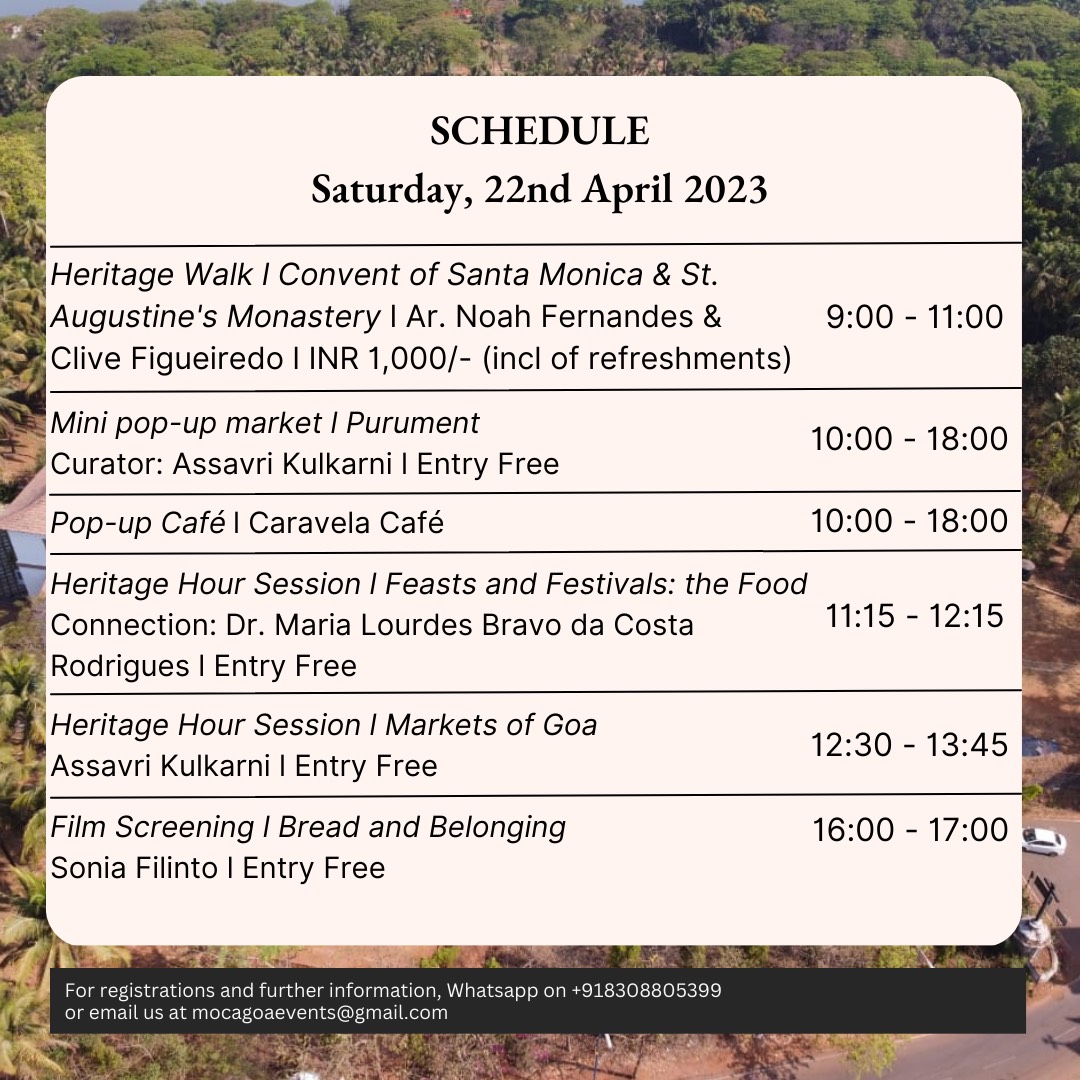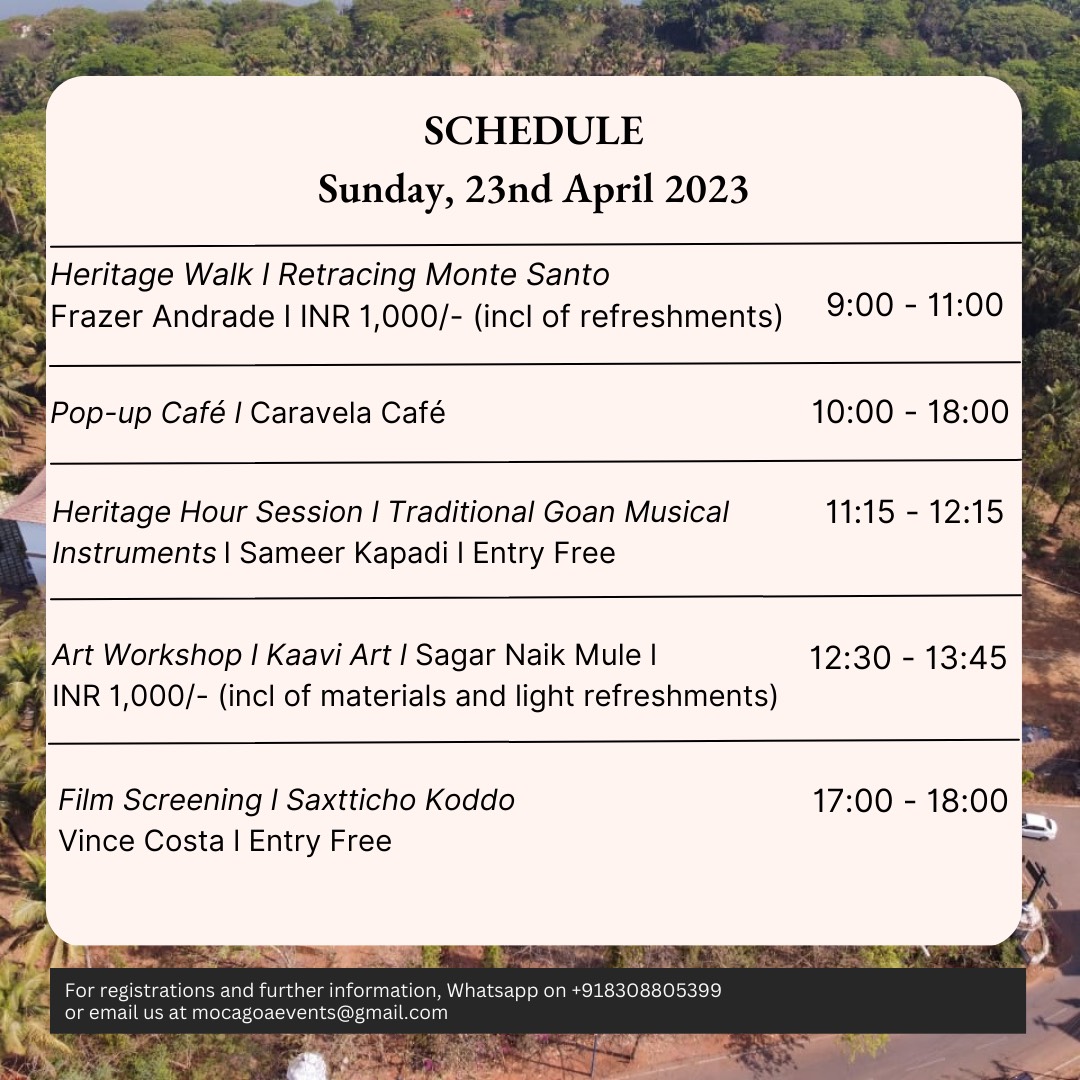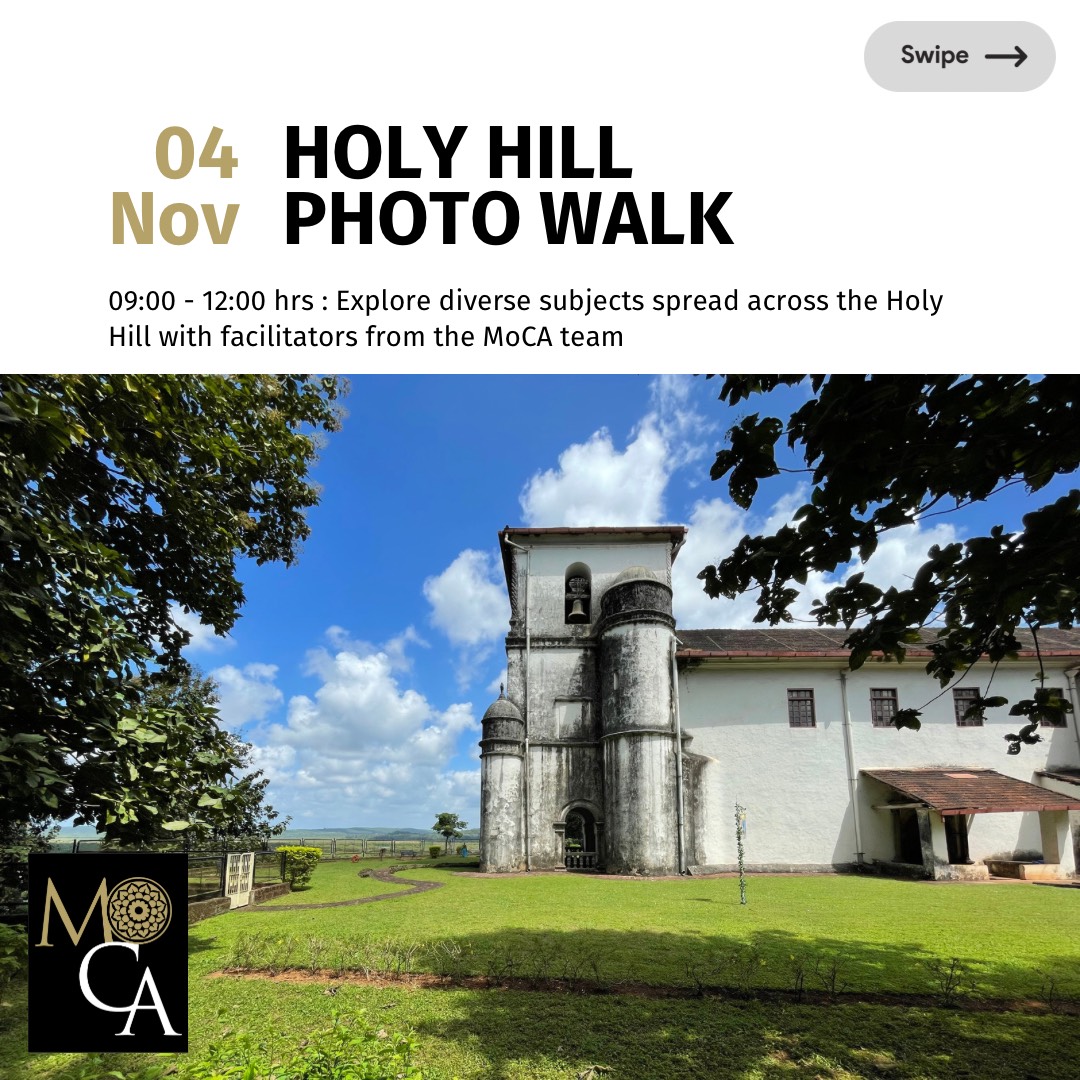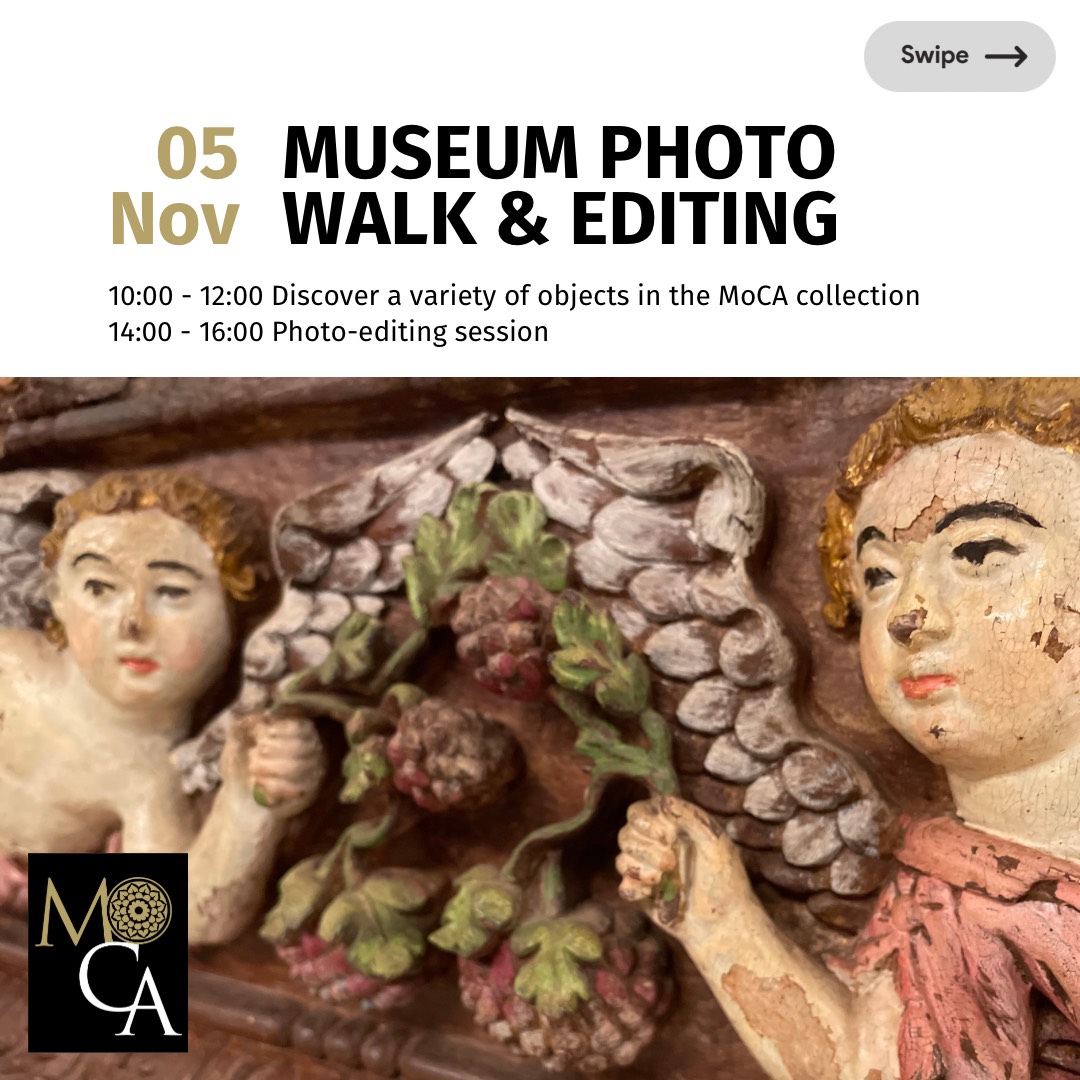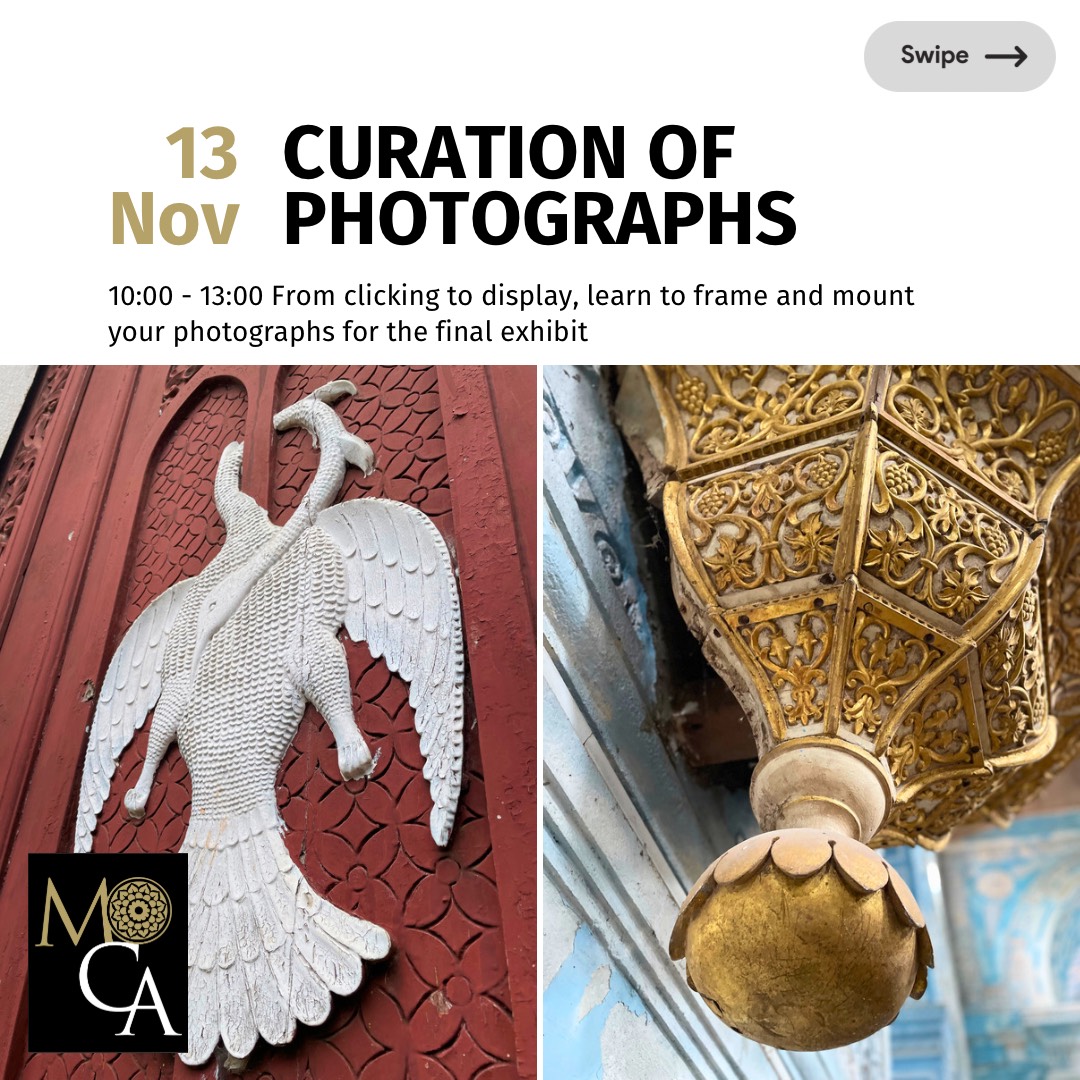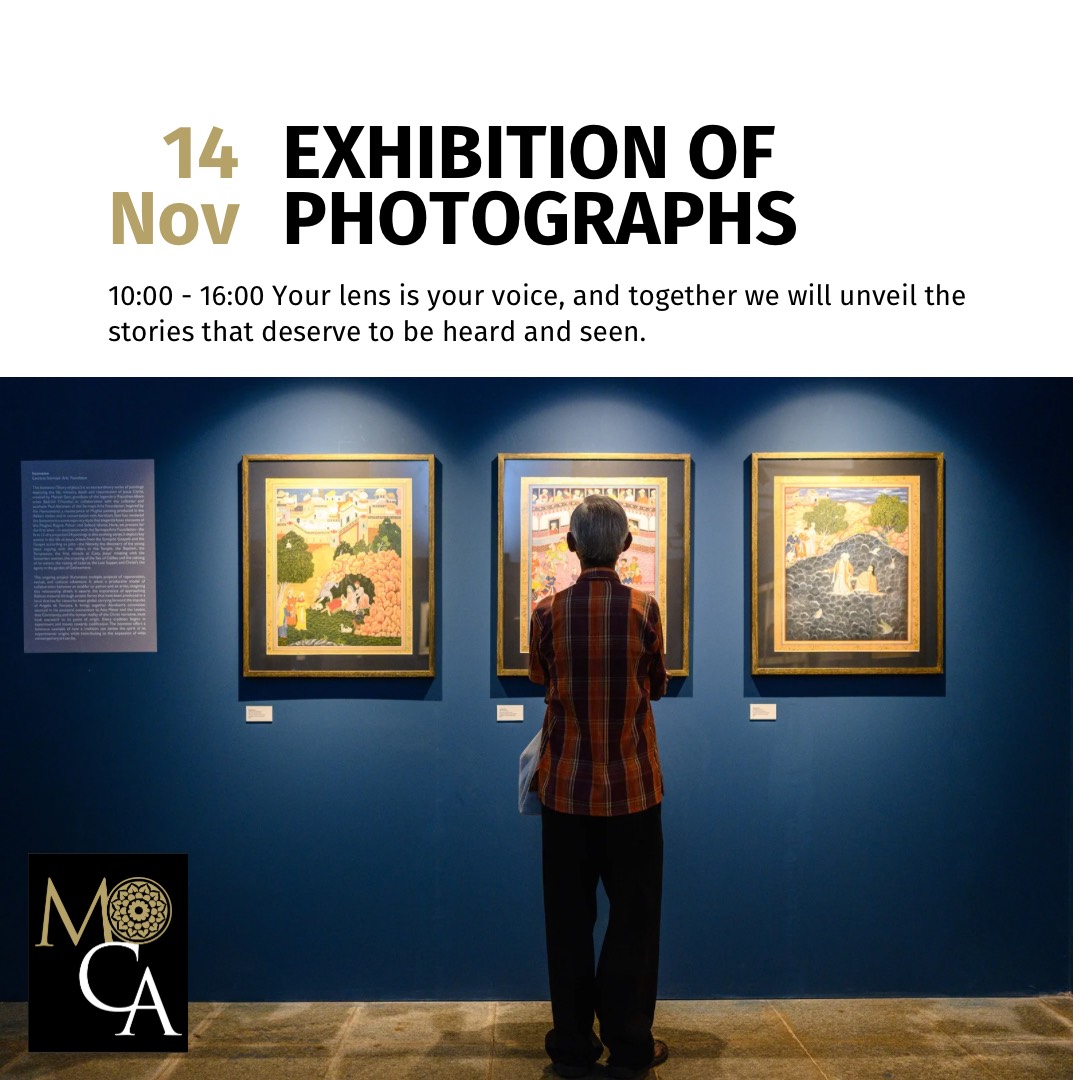Contemporary Responses to 18th Century Prints From the MoCA Collection
In creating a lens that draws together aspects of the past and present within the same dialogue, the exhibition addresses these points of intersection between various layers of tangible and intangible experience, and heritage. A museum has the ability to show us this tapestry that we are part of, a collective entity of which the parts remain connected despite differences, or similarities for that matter.
The artists were invited to respond to a single object, an 18th Century Bible with engraved works within it. We built a focus around imagery reflecting the birth of Christ and his young life, to commemorate the time of Christmas.
In the process, each of the artists interacted with the material at multiple levels – through a physical plane, with the book and its relevance as a text; through the history of European art and printmaking; from the point of view of the legacy of the printed page and publishing; and through the collective contemporary experience of being in Goa, a former Portuguese colony that reveals a complex mingling of cultures.
Goa’s history coincides with centuries of trade and commerce, global power shifts, political and religious advocacy and the rise of new economies, including that of the Indian nation.
Engaging with history is made up of these various aspects, with one part feeding into another. Artists, in their ability to mirror their times, and sensitively translate their experiences, are able to navigate these spaces with beauty and truthful aesthetic judgements.
This Bible, as a powerful tool of communication, a carrier of religious knowledge, and as a piece of art, journeyed far, becoming part of the collection in Goa.
This compilation of artwork sees its visual contents being translated through different sets of minds and eyes, within 9 different reactions and interpretations. The context of the Bible, it brings to mind how differently we interact with text and image in our present, virtually-directed times.
The touch of yellowed pages, the smell of old ink and paper, the beauty of hard covers and elaborate binding – these experiences are few and far between.
The role of a museum in conserving and showcasing priceless objects like these that are embedded in culture, is priceless. These histories are brought back to us through exhibitions like these, that present varied entry points, as well as points of departure, for the artists and viewers.
